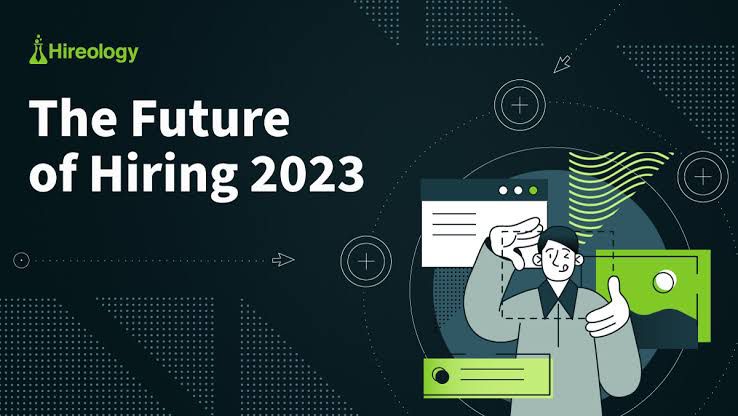The world of hiring is changing rapidly, and employers who want to stay ahead of the curve need to be aware of the latest trends. Some of the top trends to watch in 2023 and beyond include:
- The rise of AI in hiring: AI is already being used to automate many of the tasks involved in hiring, such as screening resumes and scheduling interviews. In the future, AI is likely to play an even greater role in hiring, helping employers to identify top talent more quickly and efficiently. For example, AI can be used to analyze resumes and identify candidates with the skills and experience that are most relevant to a specific job opening. AI can also be used to create personalized assessments and interview questions for each candidate.
- The increasing importance of DEI: DEI is no longer just a nice-to-have, it’s a business imperative. Employers that are committed to creating a diverse and inclusive workplace are more likely to attract and retain top talent. A diverse workforce brings a variety of perspectives and experiences to the table, which can lead to better decision-making and innovation. In the future, we can expect to see even more employers making DEI a priority in their hiring practices.

- The need for a more personalized hiring experience: Candidates are more demanding than ever before. They want to feel valued and respected throughout the hiring process. In the future, employers will need to focus on creating a more personalized hiring experience that meets the needs of candidates. This means being responsive to candidates’ questions and concerns, providing clear and timely feedback, and making the hiring process as smooth and efficient as possible.
In addition to these trends, there are a number of other factors that will impact the future of hiring. These include the ongoing Great Reshuffle, the increasing importance of soft skills, and the growing popularity of remote work. By staying ahead of these trends, employers can position themselves to attract and retain top talent in a competitive market.
Here are some additional tips for employers who want to stay ahead of the curve in the future of hiring:
- Invest in employer branding: A strong employer brand can help you to attract top talent and differentiate yourself from your competitors. Make sure your employer brand reflects your company culture and values.
- Use data to make hiring decisions: Data can help you to identify top talent and make more informed hiring decisions. Track your hiring metrics and use this data to improve your hiring process.
- Create a positive candidate experience: Candidates want to feel valued and respected throughout the hiring process. Make sure to create a positive candidate experience that will leave them with a good impression of your company.
By following these tips, you can position your company for success in the future of hiring.













